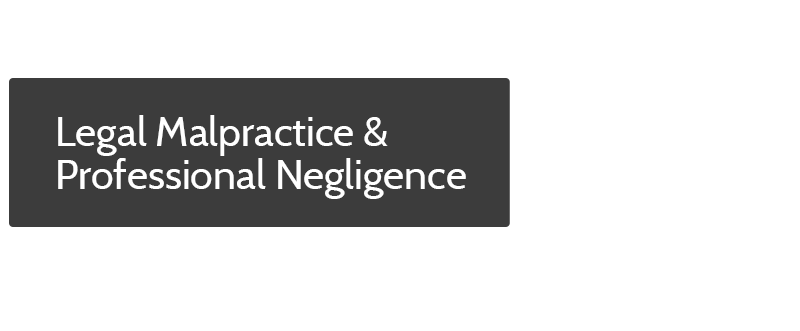What Information Must Trust Notices Contain?
ARE THERE LEGAL REQUIREMENTS FOR THE CONTENT OF A NOTICE FROM A TRUST?
Yes. California Probate Code Section 16061.7 establishes the baseline legal requirements for when the trustee of a trust must send notices to heirs and beneficiaries, and what information those notices must contain.
WHAT INFORMATION MUST A TRUST NOTICE CONTAIN?
At a minimum, a notice from the trustee of a trust must contain:
- The name(s), address(es), and telephone contact information of all trustees.
- The name of the settlor(s) and the date of the trust instrument
- The mailing address of a physical location where the trust is being administered (often, the offices of the lawyer(s) assisting the trustee)
- Notice that the recipient is entitled to request and receive a true and complete copy of the terms of the trust**
- Any additional information required by the terms of the trust itself
- A conspicuous challenge warning, written in a separate paragraph and in a minimum of ten-point bold font (or a reasonable equivalent), stating:
“You may not bring an action to contest the trust more than 120 days from the date this notification by the trustee is served upon you or 60 days from the date on which a copy of the terms of the trust is delivered to you during that 120-day period, whichever is later.”
While notices may contain additional information, it’s important to ensure that any additional information does not obscure or replace the information required by law–and for that reason, many trustees choose to include only the required information.
THE CHALLENGE WARNING MUST BE “CONSPICUOUS”
Another reason many trustees choose to limit the content of trust notices is to ensure the notice complies with the statutory requirement that the warning about the limited time to contest the trust be made “conspicuous” and clearly set apart from the rest of the notice. If a notice is too long, or too elaborate, the warning may not be as easy to spot, and a court might decide that the warning was not given properly.
In fact, since the warning must “stand out,” many trustees:
- write the challenge warning in 12-point type, with the rest of the notice in smaller (10 or 11-point) font, and
- write the warning not only in bold, but also italics, or underlined, format, or a combination thereof; and/or
- change the color of the warning text
… in all cases, to ensure the warning is easily visible and stands out on the page.
While all of these steps are not necessarily mandatory,
WHAT HAPPENS IF A TRUST NOTICE DOES NOT CONTAIN THE REQUIRED INFORMATION?
The answer here depends on the type of defect.
A notice that fails to contain all of the statutory content, but does contain any mandatory text (for example, the warning about the limited time to challenge the trust) is valid unless the recipient suffers prejudice or damage as a result of the missing information.
However, a notice that fails to contain the warning about the limited time to challenge the trust does not “start the clock” on the 120-day contest period, which means the trust can be challenged (by beneficiaries or heirs who received the defective notice) more than 120 days after the date of the notice.
All potential claims and remedies relating to defective (or missing) notices need to be analyzed on a facts and circumstances basis.
If you are the trustee of a trust, and not sure whether or to whom you should give notice, consult an attorney promptly for a consultation about your duties and obligations.
If you are a trust beneficiary, or the heir of a deceased trust settlor, and believe you did not receive a (proper) notice to which you were entitled, consult an attorney promptly for an evaluation of your rights and potential claims.
***
Disclaimer: THIS ARTICLE IS FOR INFORMATIONAL PURPOSES ONLY, AND DOES NOT CONSTITUTE LEGAL ADVICE OR CREATE AN ATTORNEY-CLIENT RELATIONSHIP BETWEEN THE AUTHOR OR ROSS LAW AND ANY PERSON. Your legal rights and experiences may vary. Never use an online article (including this one) to evaluate your legal rights or claims. Consult an experienced attorney promptly to obtain a personalized evaluation of your claims, potential damages, and the various legal rights and options available to you.
You may lose or compromise your rights if you delay in consulting legal counsel. Most legal claims (and defenses), as well as legal and court procedures, are complicated and fact-dependent. If you believe you have a claim against someone who injured you, a lawyer who represented you in a previous lawsuit, or any other legal claim, consult an experienced lawyer immediately for an evaluation of your individual rights and claims.














